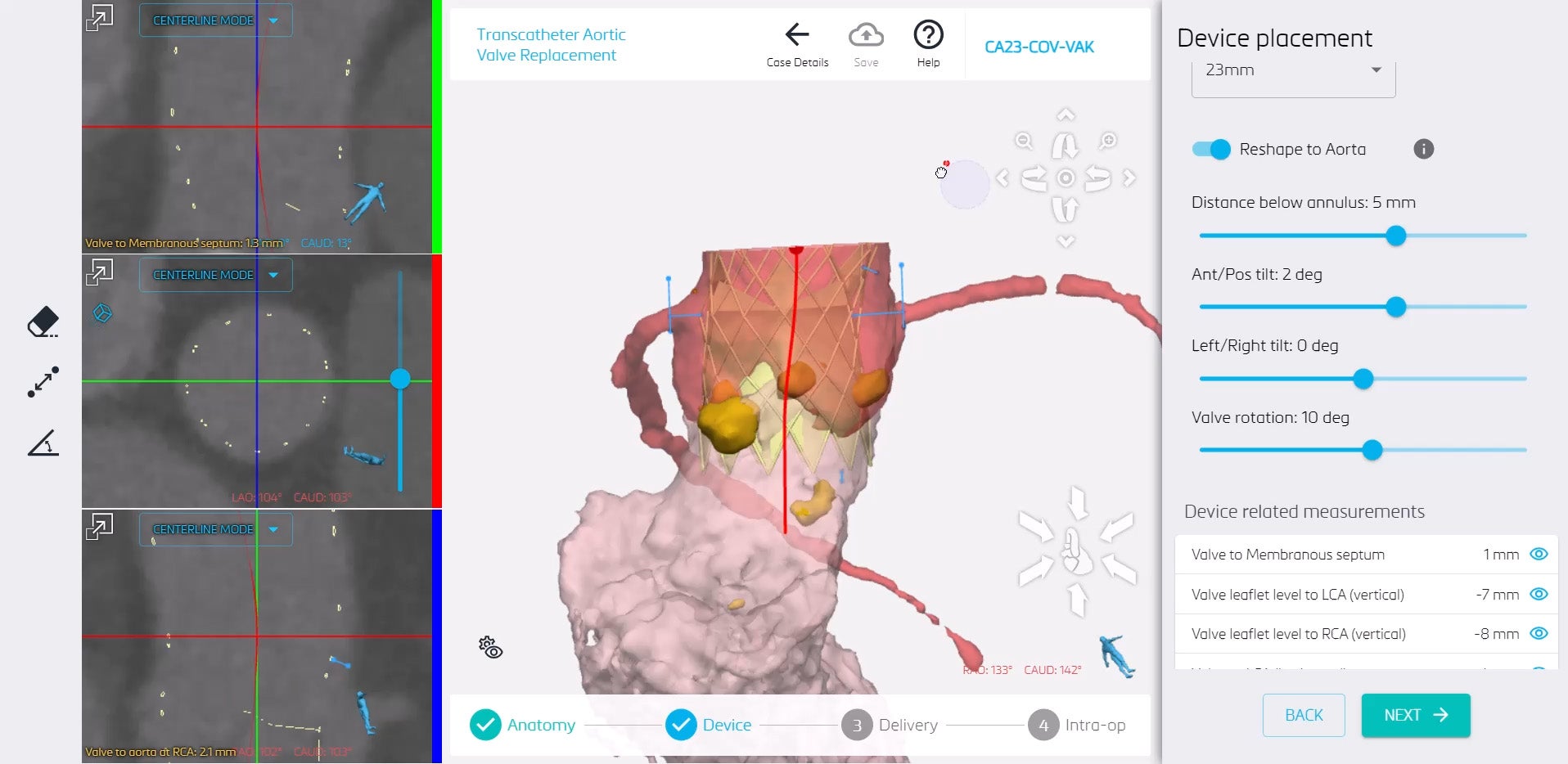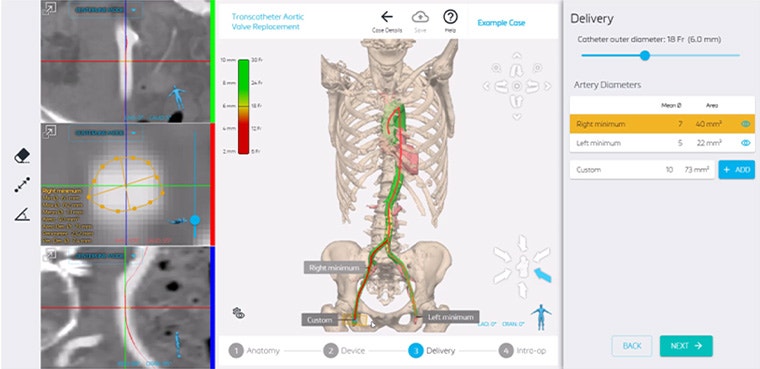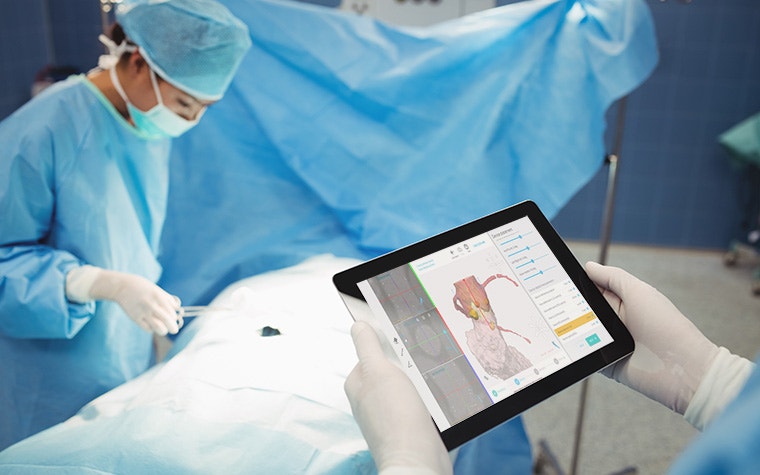Materialise Mimics for Cardiac Interventions
Empowered by FEops' predictive insights
Confident decisions every step of the way, from index to valve-in-valve. With AI-driven, clinically demonstrated 3D insights and predictive simulations, this intuitive solution seamlessly integrates into your workflow, empowering you to deliver the best outcomes with precision and trust for all your patients.

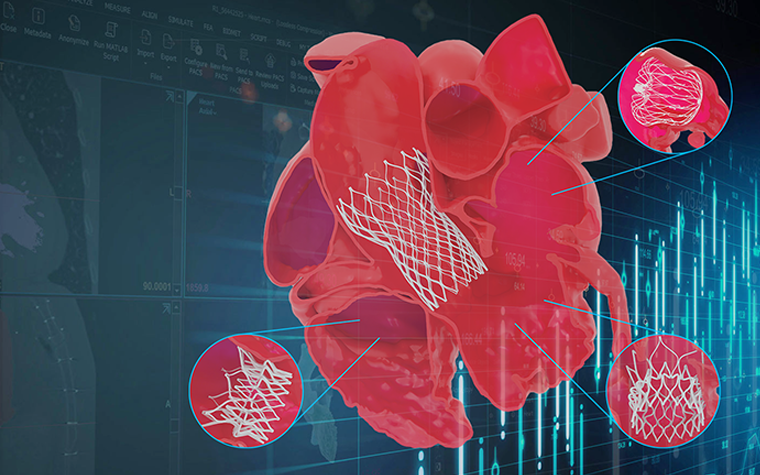
Confident decisions. Demonstrated outcomes.
Improved patient impact
Drive better outcomes and mitigate patient risk with pre-procedural decision-making, tailored size selection, and insights for patient lifetime management.
Precise clinical predictions
Rely on clinically demonstrated AI and precise predictive simulations, utilizing 3D modeling and advanced computational analysis for detailed preprocedural planning.
Achieve more in less time
Streamline your workflow with automated 3D analysis, interactive planning, and seamless cloud-based collaboration.
Explore the interactive TAVR planner
Streamline your workflow with cloud-based collaboration
Rely on automation and expert reviews
Use automation and expert-reviewed case preparation from automated 3D analysis and precise measurements.
Improve efficiency with intuitive tools
Benefit from ease of use with intuitive software and improve efficiency.
Collaborate with your heart team
Facilitate smooth collaboration with your heart team and flexibly access the Mimics cloud platform from any location.
Seamless PACS integration
Streamline operational efficiency by utilizing the seamless workflow integration with PACS.
How it works
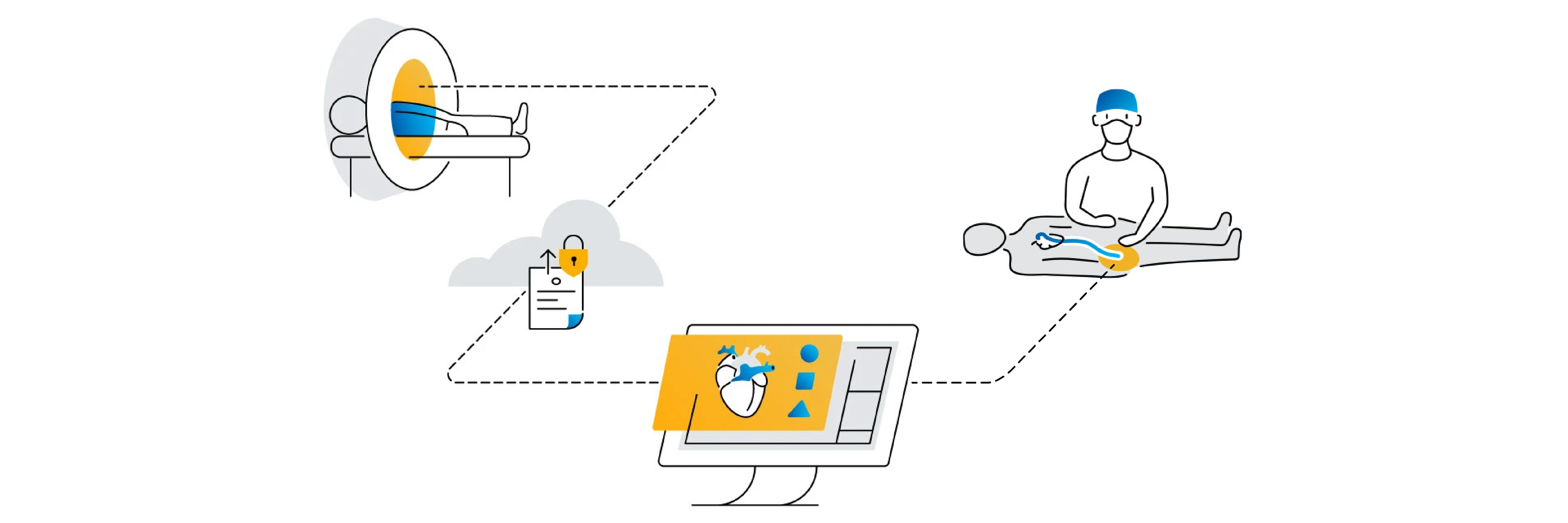
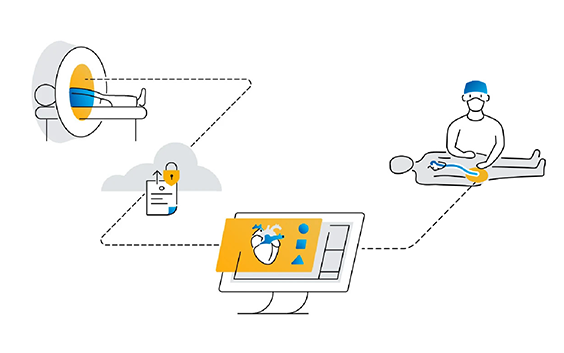
Step 1: Upload CT
Securely upload your patient's scans from PACS to be analyzed.
Step 2: Case preparation
Our skilled team leverages and reviews AI to prepare your procedure for you.
Step 3: Online intervention planning
Leverage our 3D modeling to interact with the anatomy and review the plan in the cloud.
Step 4: Bring 3D into the cath lab
Have the plan at your fingertips to reference at any point during the procedure.
Tailored to your procedures
Optimize pre-procedural decision-making to improve patient outcomes across all structural heart interventions, from a more tailored size selection to insights for TAVR patient lifetime management.
Clinical data report
Clinical data showcases the impact and reliability of our technologies. Data from TAVR and LAAO procedures demonstrate improved outcomes, efficiency, and physician confidence throughout the care pathway.
Inspiration
L-103527-01
* In the context of research collaboration
